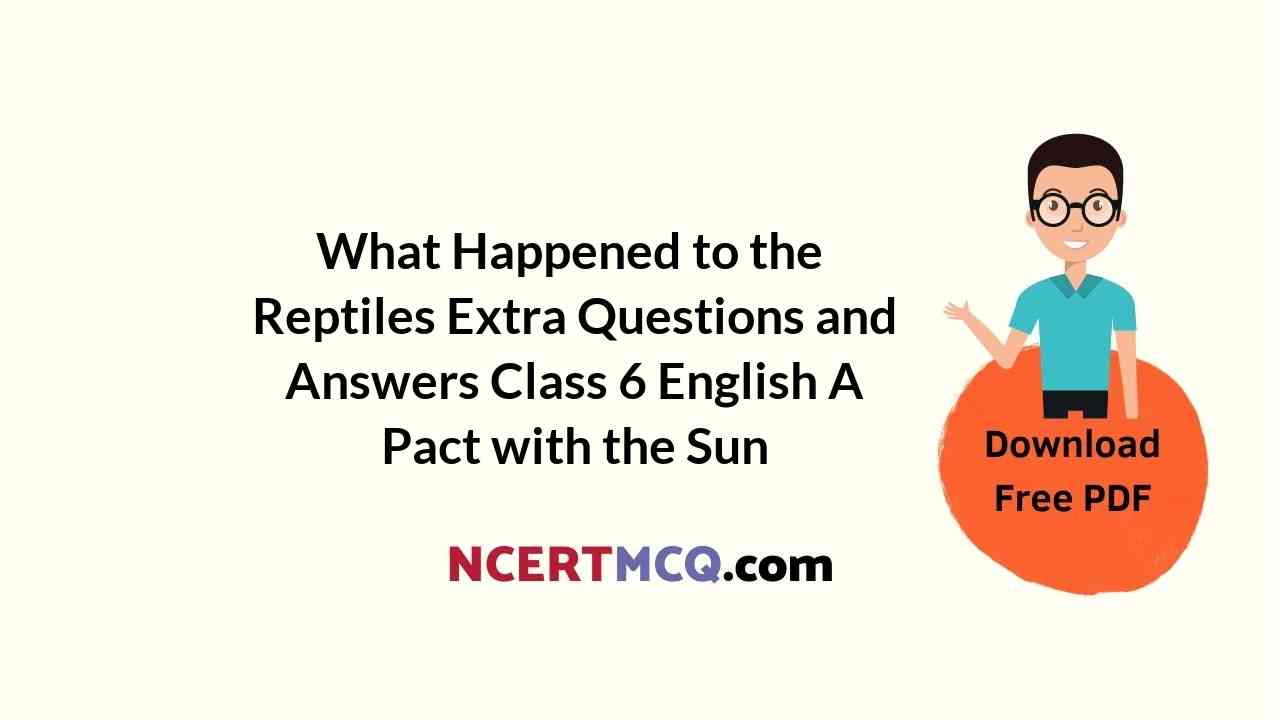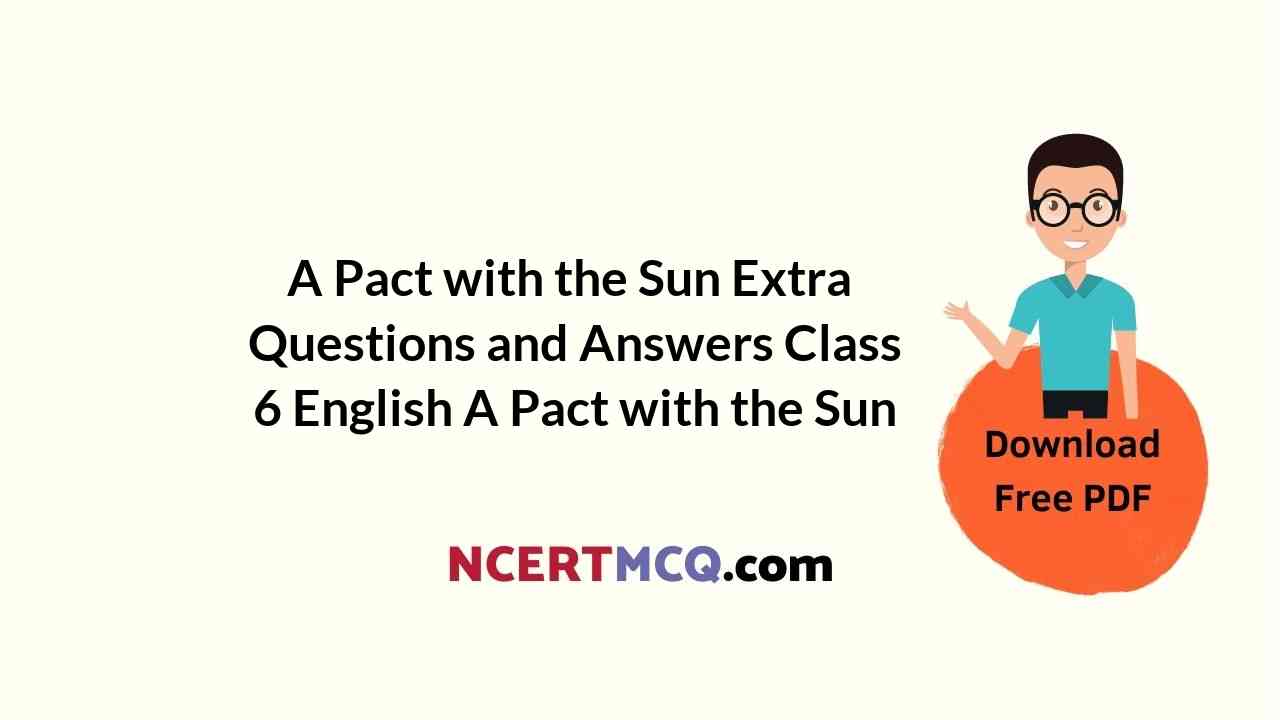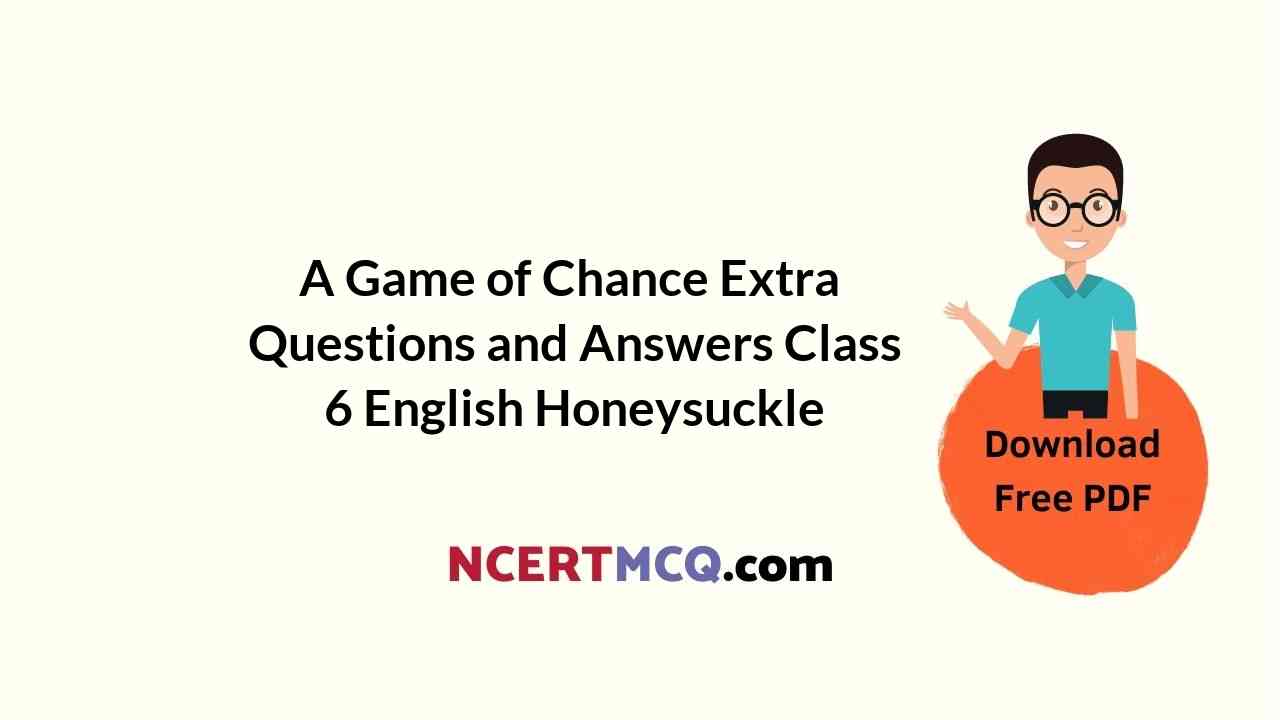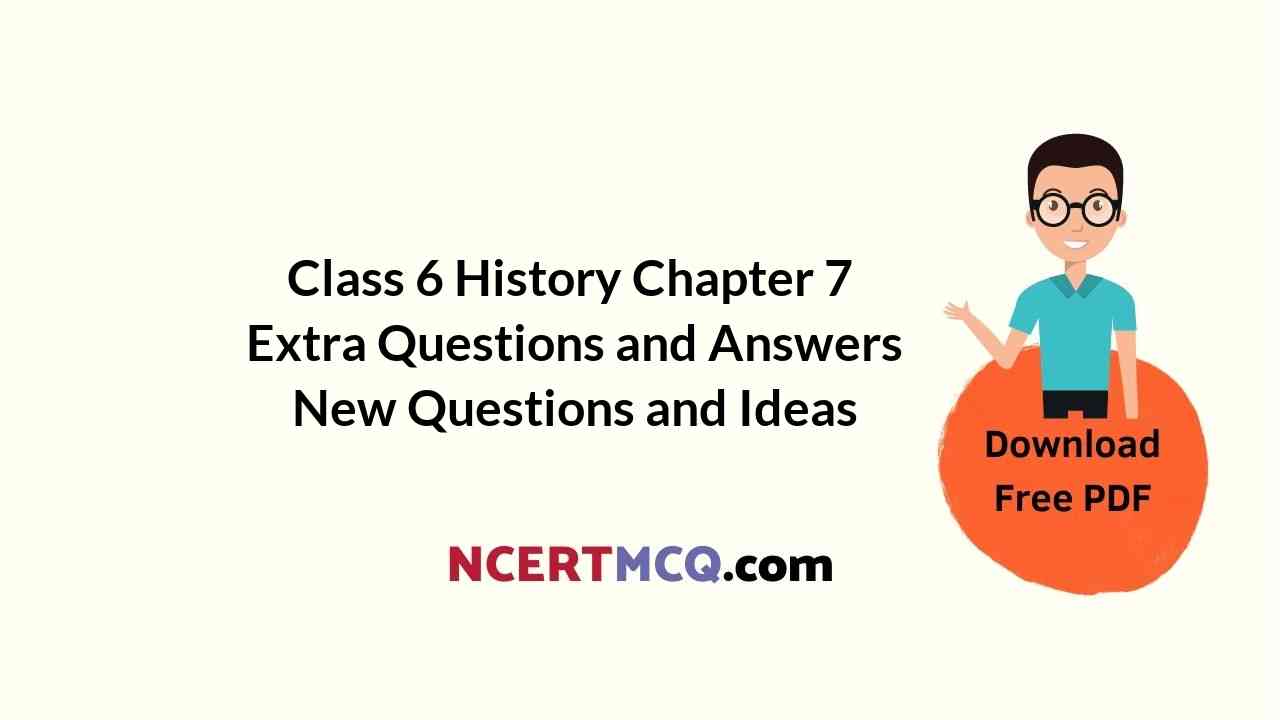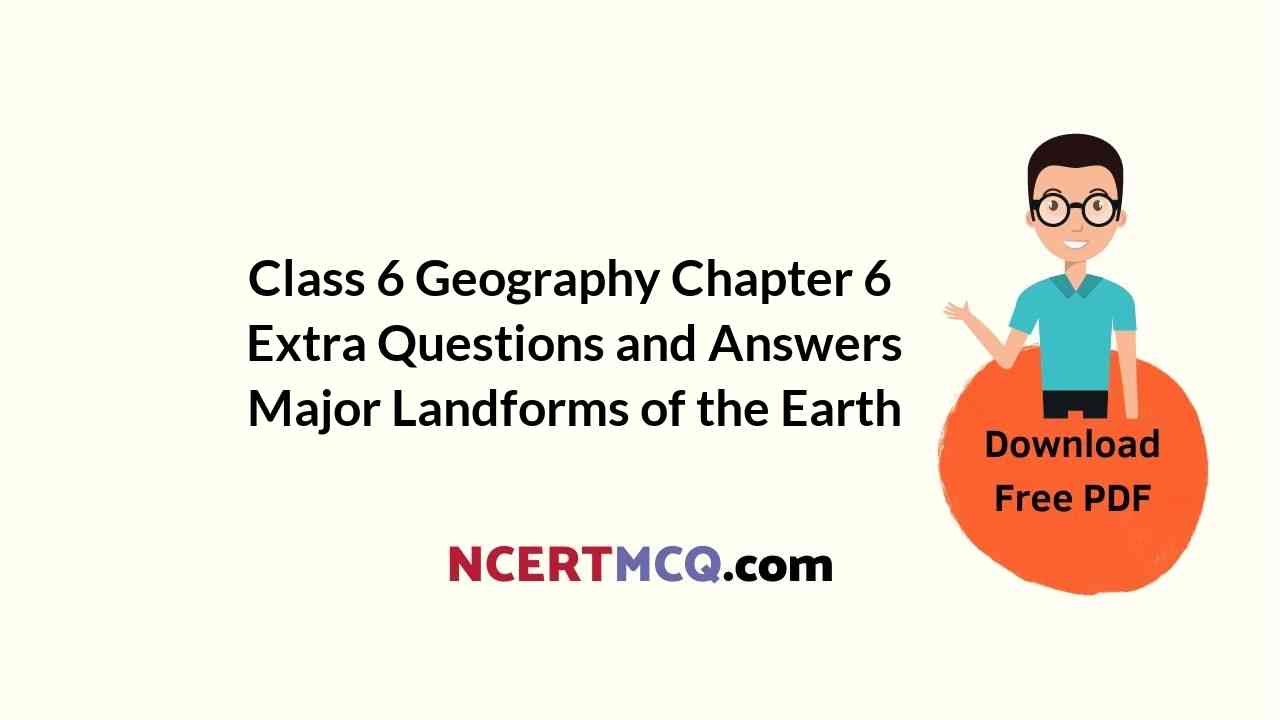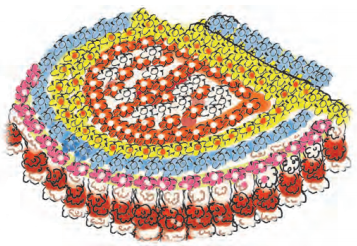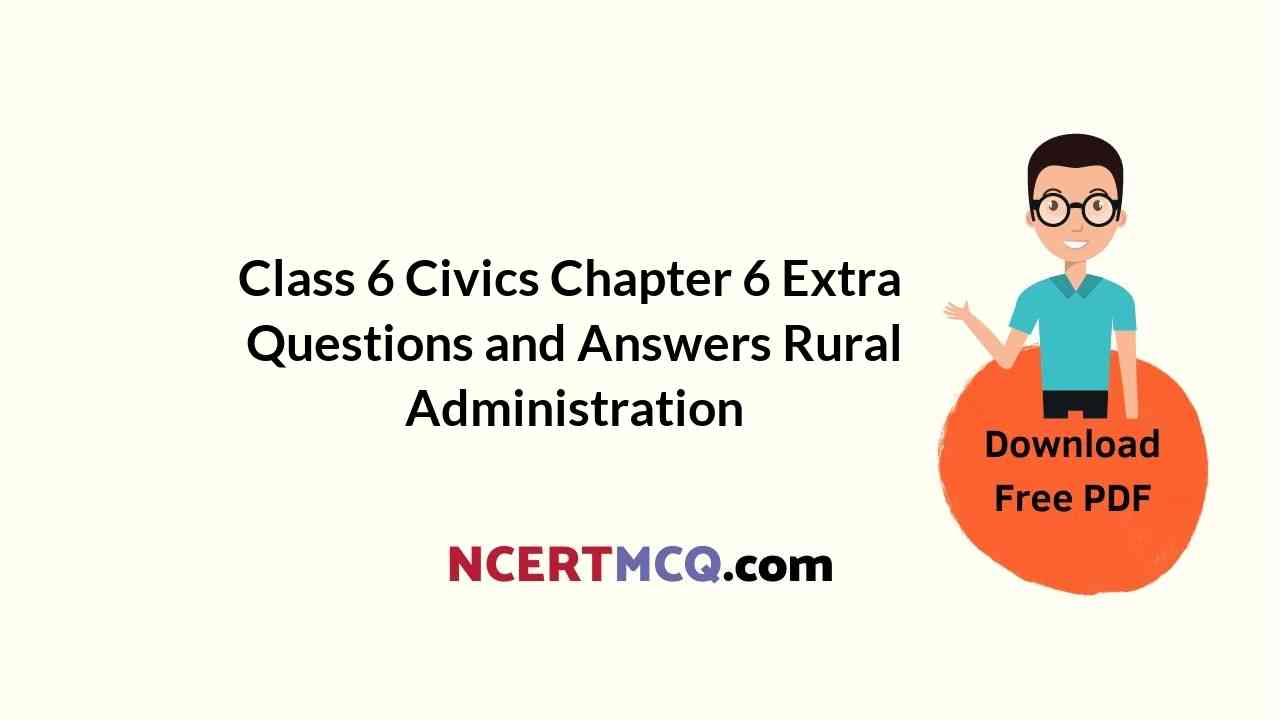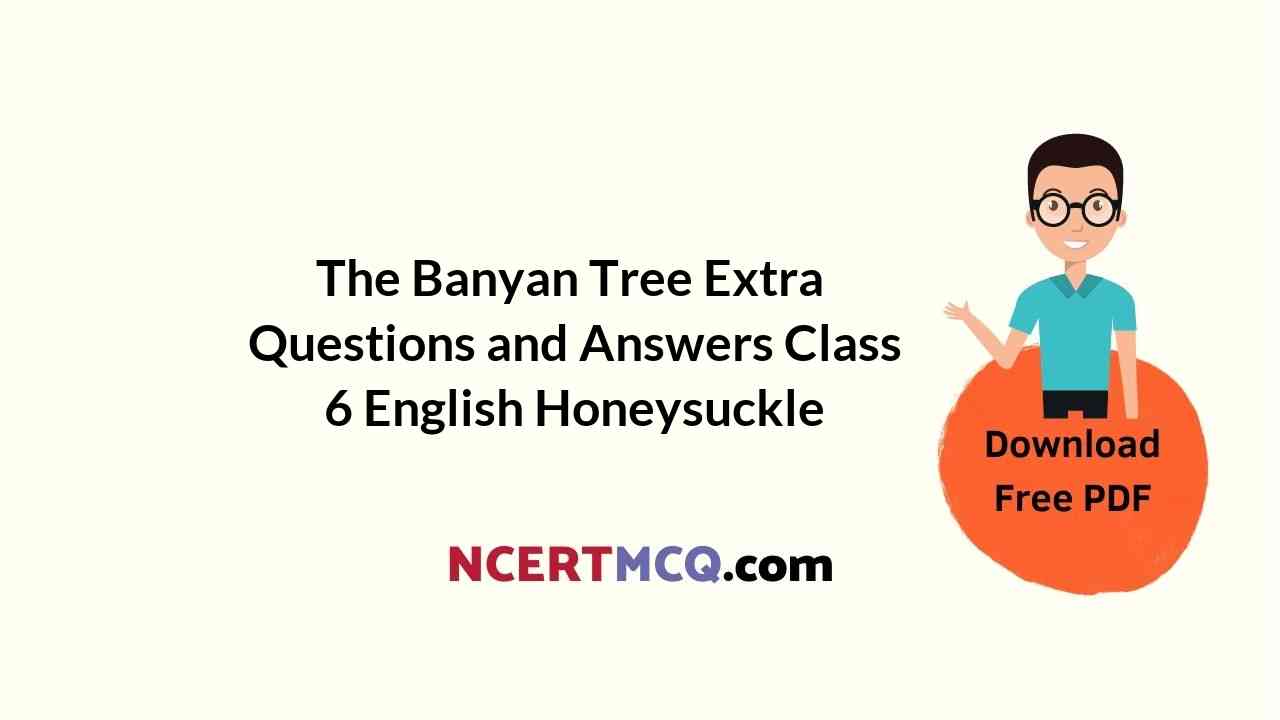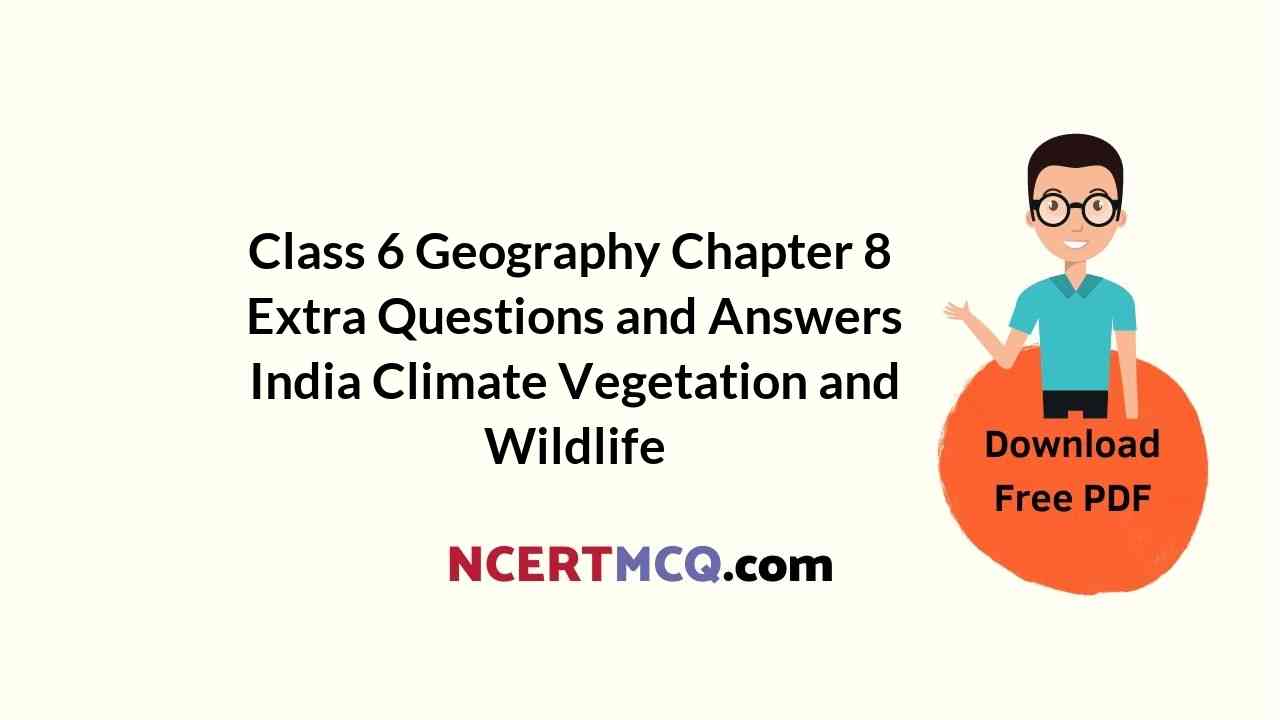Check the below Online Education NCERT MCQ Questions for Class 6 History Chapter 5 Extra Questions and Answers What Books and Burials Tell Us with Answers Pdf free download. https://ncertmcq.com/extra-questions-for-class-6-social-science/
Online Education for What Books and Burials Tell Us Class 6 Extra Questions History Chapter 5
Class 6 History Chapter 5 Extra Questions And Answers Question 1.
Name the 4 Vedas.
Answer:
The four Vedas are
- Rigveda
- Samaveda
- Yajurveda
- Atharveda.
Ncert Class 6 History Chapter 5 Extra Questions Question 2.
Name the oldest Veda when was it composed?
Answer:
The oldest Veda is the Rigveda composed about 3500 years ago.
Class 6 History Chapter 5 Extra Questions Question 3.
What does the Rigveda contain?
Answer:
Rigveda includes more than a thousand hymns called ‘sukta’ or well said. These hymns are in praise of various gods and goddesses.
![]()
Class 6 History Chapter 5 Questions And Answers Question 4.
Name the three gods mentioned in the Rigveda.
Answer:
The three gods mentioned in the Rigveda and were especially important were
- Agni, the god of fire
- Indra, the warrior god
- Soma, a plant from which a special drink was prepared.
MCQ Questions For Class 6 History Chapter 5 Question 5.
Who composed and taught the hymns of the Rigveda? In what language is it written?
Answer:
The hymns were composed by the sages (rishis). Priest taught students to recite and memorise with great care. Most of the hymns were composed, taught and learnt by men. Few were composed by women. The Rigveda is in old or Vedic Sanskrit.
Chapter 5 History Class 6 Extra Questions Question 6.
Name the two types of burials. Write about them.
Answer:
The two types of burials are
- some megaliths can be seen on the surface, they are either surrounded by circle of stones or a single big megalith.
- the other type of burial is in the cist, which are burials underground. There were portholes to which were used as an entrance.
![]()
History Chapter 5 Class 6 Extra Questions Question 7.
Some of the hymns in the Rigveda are in the form of dialogues. Write about one such hymn.
Answer:
Some of the hymns in the Rigveda are in the form of dialogues. One such hymn is a part of the dialogue between a sage named Vishvamitra and two rulers (Beas and Sutlej) which were worshipped as goddesses. Vishwamitra praises the might flow of the rivers as they come down from the mountains and both the rivers wish to unite.
He asks the rivers to give safe passage to the travellers, who have come with their chariots and carts. The rivers reply that their paths have been chalked out by gods and they cannot be stopped. However, they promise to let the travellers pass.
Ch 5 History Class 6 Extra Questions Question 8.
(a) How can you say that the sage lived in a society where horses and cows were valued animals?
Answer:
The sage lived in a society where animals were valued because he compares the rivers with horses and cows.
(b) Do you think chariots were also important? Give reasons for your answers.
Answer:
The sage requests the rivers to give a safe passage to the singer who has come from a distance with his chariots and carts. Chariots were important means of transport.
(c) Name the other rivers which are mentioned in the Rigveda.
Answer:
The other rivers mentioned in the Rigveda are the Indus and its tributaries and the Sarasvati is also mentioned in the hymns. The Ganga and the Yamuna are named only once.
(d) List five rivers that are not mentioned in the Rigveda.
Answer:
The rivers which are not mentioned in the Rigveda are
- Mahanadi
- Godavari
- Krishna
- Kaveri and the
- Brahmputra.
![]()
Multiple Choice Questions
1. Which one of the following is the oldest Veda?
(a) The Rigveda
(b) The Samaveda
(c) The Yajurveda
(d) The Atharvaveda
Answer:
(a) The Rigveda.
2. When was the Rigveda. composed?
(a) About 2,000 years ago
(b) About 2,500 years ago
(c) About 3,500 years ago
(d) About 7,000 years ago
Answer:
(c) About 3,500 years ago.
3. Which of the following Gods are mentioned in Rigveda?
(a) Agni
(b) Indra
(c) Soma
(d) All of these
Answer:
(d) All of these
![]()
4. Who of the following composed the hymns of the Rigmla?:-.
(a) The kings
(b) The doctors
(c) The-sages
(d) The cooks.
Answer:
(c) The-sages
5. Which one of the following languages was used in writing the Vedas?
(a) Hindi
(b) English
(c) Vedic Sanskrit
(d) Old-Tamil.
Answer:
(c) Vedic Sanskrit
6. Which one of the following suggests that some of the hymns in the Rigveda are in the form of dialogues?
(a) A dialogue between Vishwamitra and two rivers
(b) A dialogue between the king and a tree
(c) A dialogue between a sage and the Himalaya
(d) A dialogue between the king and the sea.
Answer:
(a) A dialogue between Vishwamitra and two rivers
7. Where and when was the manuscript of the Rigveda, on birch bark found?
(a) About 50 years ago in Gujarat
(b) About 500 years ago in Rajasthan
(c) About 150 years ago in Kashmir
(d) About 2,000 years ago in Uttar Pradesh
Answer:
(c) About 150 years ago in Kashmir
![]()
8. Which of the following rivers are mentioned in the Rigveda?
(a) The Beas
(b) The Satluj
(c) The Ganga
(d) All of these
Answer:
(d) All of these.


